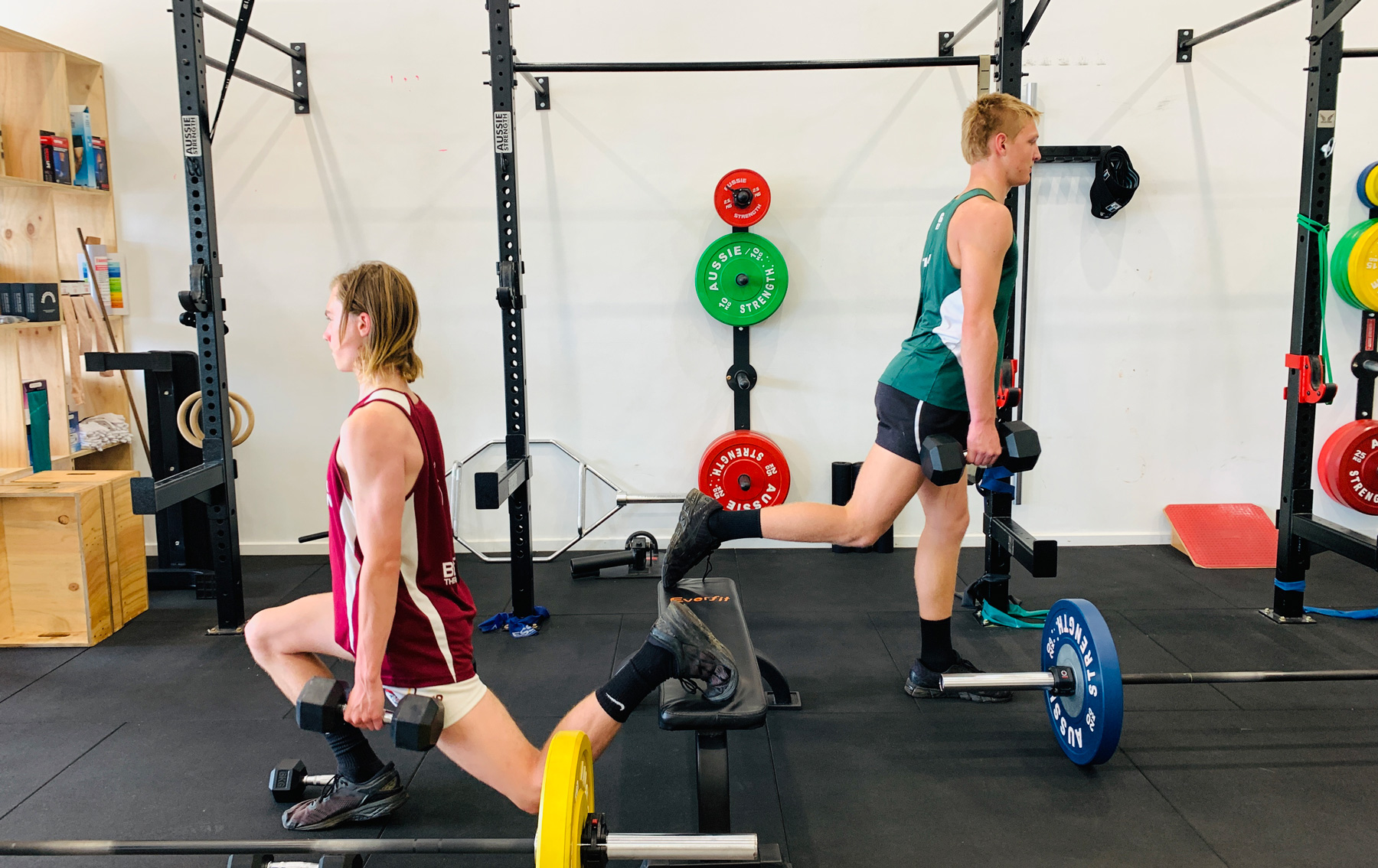Delayed Onset of Muscle Soreness
Have you ever experienced pain in your muscles after exercise the next 2-3 days? Then the soreness slowly reduces over the next following days? This is likely to be DOMS, also known as Delayed Onset of Muscle Soreness. (DOMS) (1) DOMS is an extremely common and normal part of your body adapting to the exercise you have done. You may have experienced DOMS when trying to sit on a chair after a workout, climbing up stairs and it usually presents as stiffness, muscle aches and pains.
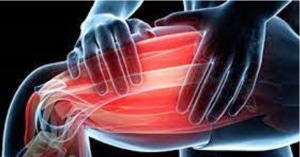
What is it?
DOMS is described as muscle pain or tenderness in the muscles 24-72 hours after exercise and usually disappears within 2-4 days. There are multiple ways the body may experience DOMS including:
- After high intensity exercise
- High load of eccentric contractions (lengthening of the muscles)
- Completing an exercise/ or exercise routine that an individual is not accustomed to (2)
DOMS can be experienced by many people from athletes to beginners and is caused by tiny microscopic tears in the muscle fibres, however this does not indicate muscle damage – rather it indicates growth.
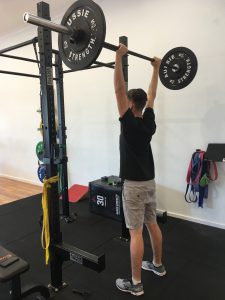
Treatment to alleviate DOMS – Is it necessary, does it work
Many studies have researched into the best treatment of DOMS, however there is still no definite answer. This is because DOMS is a normal response to exercise. That does not indicate that pain is a pleasurable experience because in many people it is not. Some people enjoy the feeling of DOMS, others loath it.
If you are someone who doesn’t find the feeling of DOMS comfortable below is a technique that studies have researched that may help alleviate your DOMS experience.
It’s important to understand these treatment options may have good results for most but not for everyone. Much of the research that has been done on techniques to relieve DOMS has provided a placebo effect, so if it feels good do it, if it doesn’t, don’t lose sleep over it.
Active recovery:
-
- Active recovery can be incorporated as a cool down straight after a workout or the following days such as walking or swimming. Likely due to the increase in blood flow to the muscles which removed metabolic residue (4).
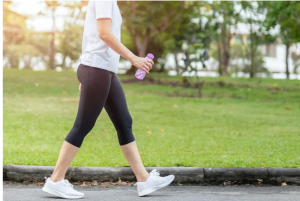
- Active recovery can be incorporated as a cool down straight after a workout or the following days such as walking or swimming. Likely due to the increase in blood flow to the muscles which removed metabolic residue (4).
Small amounts of evidence has found compression clothing, massage and cryotherapy to be beneficial for DOMS recovery, whereas other common treatments such as foam rolling, acupuncture, kinesio taping, stretching all found to have low or no effects on DOMS in the coming days. (2)
Although there are possible treatment options to minimise DOMS it’s important to note having DOMS is not causing harm to your body. Although DOMS can be painful or uncomfortable, this is your body repairing and strengthening the muscles and tissues after exercise so it is a positive adaptation to increasing load. It is a good sign that you have done enough exercise and you can reward yourself with some rest.
Good Vs. Bad
Some people may believe you haven’t had a good workout unless you ‘feel’ DOMS the next day. This is not true. DOMS is the body’s way of saying you’re increasing your weights and resistance too quickly and not resting enough. As the body works out more, it is able to adapt and you may feel less sore with exercise . In no way are you not exercising hard enough or missing out on fitness gains if you don’t feel DOMS after every single exercise session.
Prevention
Prevention of DOMS may not be possible but some tips to lessen the intensity of DOMS on the body include:
- Progressive overload: this is a gradual increase of intensity/load in your fitness routine.
- Rest: having adequate rest in between sessions and allowing the body to recover
- Patience: the body is incredible and with time DOMS will happen less often as the body gets used to the workouts
Additional information:
If you’re still unsure if DOMS is what you’re feeling after exercise then please get in contact with either an Exercise Scientist or Exercise Physiologist and have a chat for further information.
Written by: Jessica Grigg, AEP
References
- Bitra, M & Rajesh, P. (2021). Mechanism and theories for Delayed Onset of Muscle Soreness in athletes. International Journal of Scientific Advances. Issue: 1. 5-9.
- Nahon, R, L., Lopes, J, S, S., Neto, A, M. (2021). Physical therapy interventions for the treatment of delayed onset muscle soreness (DOMS): Systematic review and meta-analysis
- Guo, J., Li, L., Gong, Y., et al. (2007). Massage alleviates delayed onset of muscle soreness after strenuous exercise: A systematic review and meta-analysis. Frontiers in Physiology. 8, 747.
- Depuy, O., Douzi, W., Theurot, D., et al. (2018). An evidence based approach for choosing post exercise recovery techniques to reduce markers of muscle damage, soreness, fatigue and inflammation: A systematic review and meta analysis. Frontiers in Physiology. 9, 403.
- Leeder, J., Gissane, C., Van Someren, K., et al. (2012). Cold water immersion and recovery from strenuous exercise: A meta analysis. British Journal of Sports Medicine. 46, 233-240.
